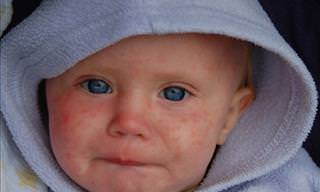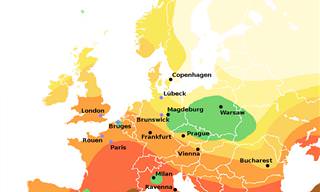The ongoing COVID-19 epidemic has sparked widespread fear all over the world and threw normal life into a tizzy. Much is being said and written about the novel coronavirus and it seems that it will be a while before the deadly virus is stalled.
Throughout human history, infectious diseases have managed to spread their tentacles across the world. Even with all the scientific advancements we have made in the modern era, we are still unable to control so many outbreaks, as we are now seeing with COVID-19 that originated in China. Before the novel coronavirus, however, there have been many consequential epidemics that went on to alter the course of human history. (If you want to read about US-specific epidemics, read this article).
Here is a look at some of history’s deadliest epidemics that left a lasting impression on humanity.
1. Bubonic Plague

Image source - Wikimedia Commons
Also known as the Black Plague, the bubonic plague was a disastrous mortal disease that spread across Europe in the years 1346-1352. The bacterium Yersinia pestis was the culprit behind the epidemic that began in Asia. The disease was carried throughout the world by rats covered with infected fleas. Once it arrived in Europe, the Black Plague caused widespread destruction - 60% of Florence’s population was killed from the plague within a few months.
The symptoms of the bubonic plague were quite grisly. It began with fever and sweating but quickly proceeded to the swelling of the lymph node across the groin, armpit or neck region. Furthermore, the infection was spread via blood and airborne particles. The most dangerous part about it was that just 6 to 10 days after being affected by the sickness, 80% of the patients died.
The mortality rate of the bubonic plague was more than 70% and it went on to kill up to 200 million across Europe. Several historians also believe that the spread of the Black Plague led to the fall of the feudal economic system and resulted in irremediable damage to the church.
2. Plague of Justinian
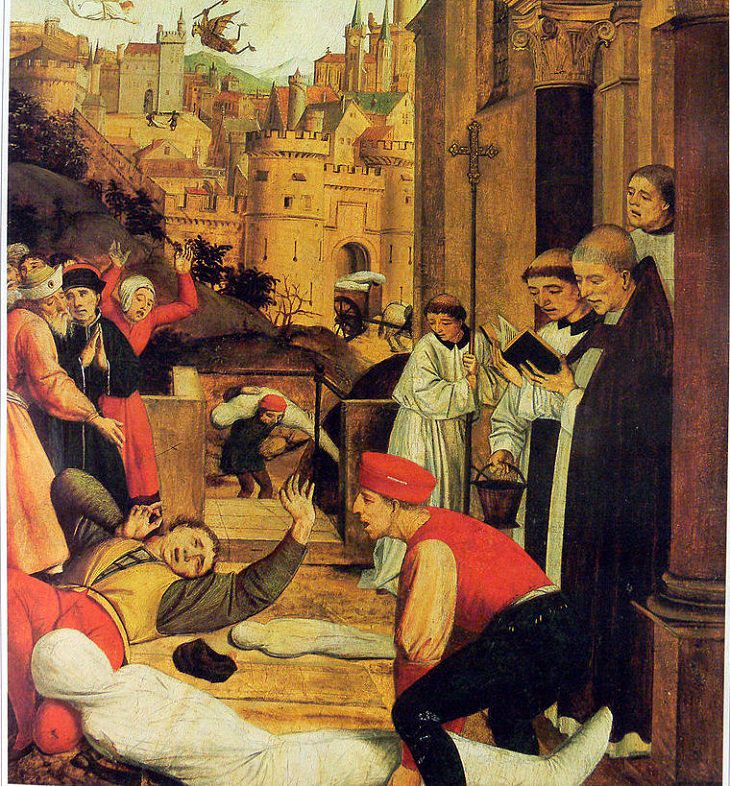
Image source - Wikimedia Commons
Regarded as history’s first recorded pandemic, the Plague of Justinian spread between the years 541 and 542 AD and eventually led to the highest number of lives lost in an epidemic in history. Estimates say that over 100 million people died during this time, which was almost half the world’s population back then.
The disease was named after Justinian, the emperor of the Byzantine Empire (Eastern Roman Empire). The outbreak of the plague originated in Ethiopia and it spread throughout the empire very quickly. After the 541 AD pandemic, there were several more outbreaks of the plague in the next 200 years.
Much like the bubonic plague, the Plague of Justinian, too, was caused by a bacterium called Yersinia pestis spread by rodents whose fleas were infected with the bacteria. Apparently, these rats traveled all over the world on trading ships, and that is how they managed to circulate the infection. It was transmitted to humans through the bite of an infected flea.
3. HIV/AIDS
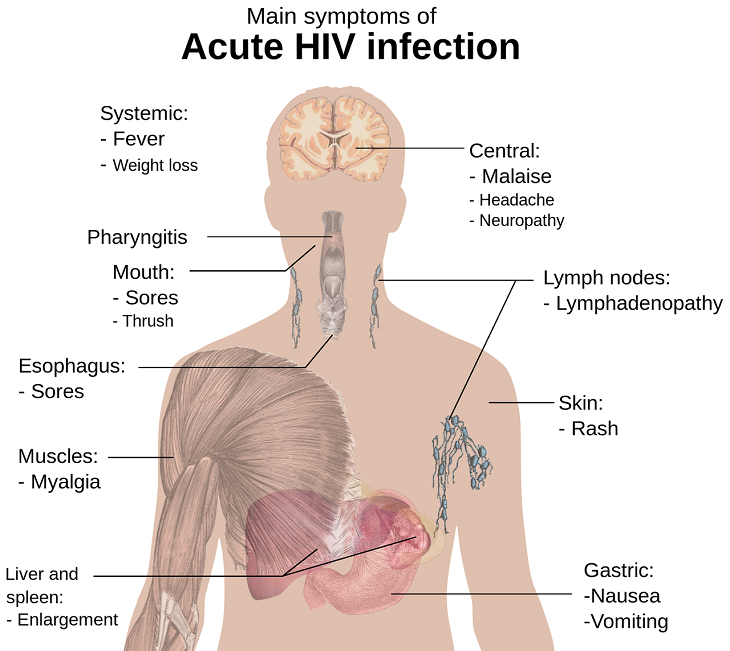
Since it was first reported in 1981 (though the disease originated decades earlier), HIV, the virus that causes “acquired immunodeficiency syndrome” (AIDS), has gone on to be categorized as one of the world’s most serious health issues. Around 75 million people across the world have contracted HIV since then, and so far, the virus has caused the death of about 39 million people.
According to scientists, the virus, also known as human immunodeficiency virus, crossed over from primates to humans in Africa during the early part of the 20th century. The HIV and AIDS epidemic led to sickness, fear, and death as the world grappled with this unknown and deadly virus. Initially, the disease was associated with homosexual men and was named “gay-related immune deficiency” (GRID), which caused mass unjustified stigma.
The virus attacks the immune system, particularly CD4 cells (or T cells), and it is transmitted through all bodily fluids, such as blood, semen, vaginal fluids, anal fluids, and breast milk. HIV has historically been known to spread through unprotected sex, sharing of needles for drug use and through birth.
There has been a massive development of HIV treatments in recent years and the pace has picked up in terms of reducing new HIV infections. Nevertheless, there are currently more than 38 million people across the globe infected with HIV/AIDS.
4. Malaria
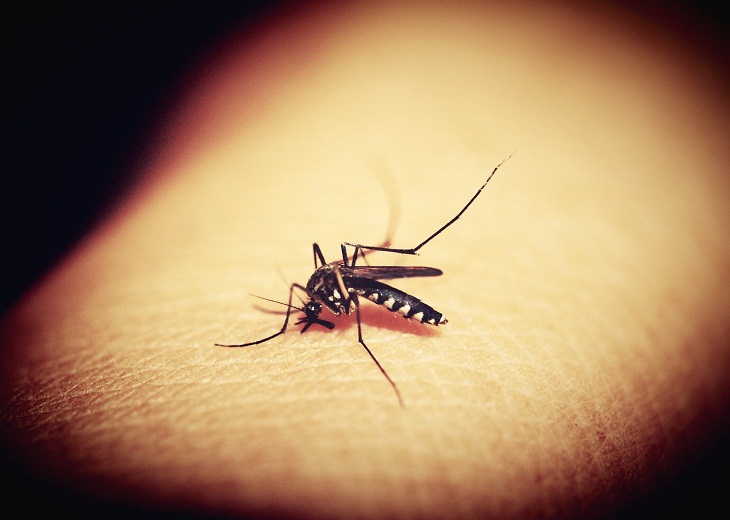
A mosquito-borne disease, malaria is transmitted through the bite of an infected Anopheles mosquito carrying the Plasmodium parasite. The parasite is released into your bloodstream when the mosquito bites you and leaves those infected with flu-like symptoms.
Humans have been suffering from malaria for thousands of years and the disease has even left its genetic mark on modern populations. Genetic variations like thalassemia, glucose-6-phosphate dehydrogenase deficiency, sickle-cell trait, the Duffin antigen, and several others, owe their occurrence to malaria. The disease is also known to have been the possible cause of the death of Alexander the Great.
Malaria was once a serious endemic in Europe but it was eradicated during the 20th century. It is still a major problem in sub-Saharan Africa where a large number of deaths occur due to malaria. According to the World Health Organization (WHO), malaria continues to strike hardest against pregnant women and young children in Africa. Experts believe that reducing cases and deaths among these two populations would provide a great boost in the fight against malaria.
While there are millions of people still suffering from malaria every year, there has been notable progress made. In 2019, Algeria was granted an official WHO certification of malaria elimination and Argentina was also certified malaria-free. More and more countries are reporting zero indigenous cases of human malaria every year, which is a positive step towards a complete malaria-free world.
5. Ebola Virus

Image source - Wikimedia Commons
Before COVID-19, Ebola was the most recent epidemic to hit humanity, and even today, its memory sends shivers across the world. Discovered in Africa in the late 1970s, Ebola is short for Ebola hemorrhagic fever (EHF). This virus causes extreme bleeding in humans and other primates and has killed more than 2200 people until now. The scary part about the disease is that its symptoms can take several days or weeks to develop. A sore throat, muscular pain, vomiting, diarrhea, and eventual internal and external bleeding are some of its common symptoms.
The epidemic originated in West Africa but soon spread to places like the US, Spain, and Germany. Ebola has a high mortality rate and is known to kill almost half of those it infects. While it was first discovered in the 1970s, the deadliest Ebola outbreak happened in 2014 in West Africa. Classified later as the West Africa Ebola epidemic, it went on to kill five times more individuals than all its previous outbreaks combined. It took about 2 years to ensure the containment of the virus, but its spread and aftermath shook the world.
6. Spanish Influenza

Image source - Wikimedia Commons
The 1918 flu pandemic, also called Spanish influenza, was one of the most fatal 20th-century pathogens. More than 500 million individuals worldwide were affected during the three waves of this epidemic. It earned its moniker because Spain was one of the worst-affected regions by the bug. In fact, even Spain’s King Alfonso XIII contracted it.
Initially, the flu was observed in Europe, the United States and parts of Asia before spreading to different parts of the world. During the time, there was no effective vaccine or medicine to treat this killer flu, and it resulted in total lockdowns of cities.
The fatal strain of the flu devastated many regions but had the most discernible effect on World War I’s battlefields. Many young individuals were affected by influenza at its peak, and records suggest that the flu ended up killing 675,000 Americans. The flu pandemic finally came to an end by the summer of 1919 as those infected either died or developed immunity to it.
 Go to BabaMail
Go to BabaMail











